Camping on our favorite isolated Mexican beach, we heard the distant clunky rumble of a Tdi Land Rover, a unique sound pleasing to an enthusiast’s ear. Eventually, a white, right-hand drive Defender trundled into view, effortlessly rolling over the deep, white beach sand and loose, round stones. The young, mustachioed driver returned a friendly wave and continued to focus on exploring the bay, driving further than most others dared to venture on the loose beach, confident in his light Land Rover’s capability.
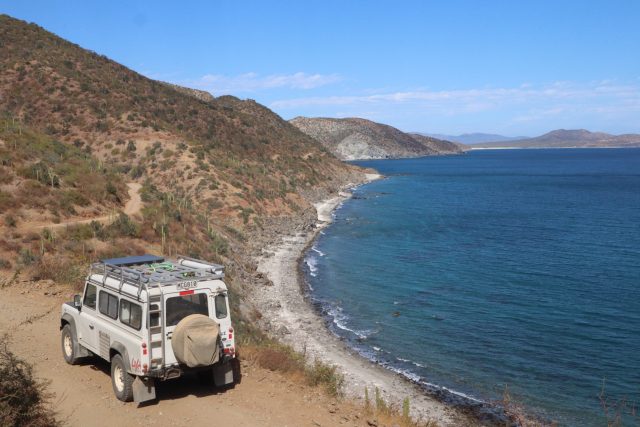
As a Defender and overlanding devotee, I genuinely believe that the three-door 110 Hardtop is the most practical Defender for overland travel, especially for couples or solo travelers. The large interior cargo area allows for a simple, modular living space with sufficient room for gear. What makes Jerry the Defender special, apart from being a South African RHD vehicle driven by a Kiwi from the UK, is that the car is tastefully equipped with only the essentials—the absolute bare essentials.
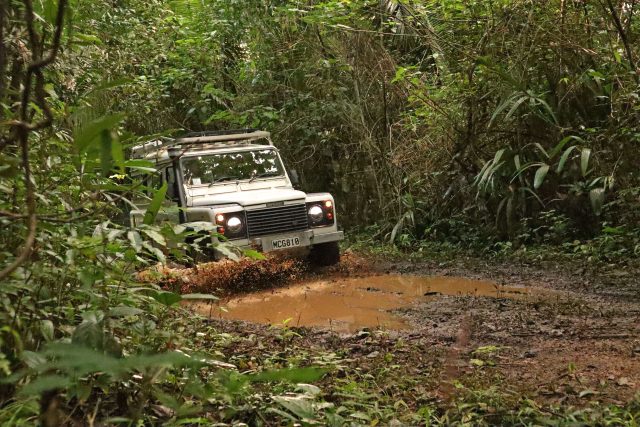
To introduce Jerry, you first need to meet Tom, a 29-year-old British-born Kiwi with a deep-rooted love for adventure and the outdoors. His life journey began in England, continued in Kenya as a toddler, and finally took root in New Zealand, which he now calls home. Tom’s first memories are of Africa, getting into the family’s early model Defender and heading out at night to spot wildlife, a bull elephant charging the Land Rover, and Tom climbing a tree to avoid buffalo in the garden. When the family moved to New Zealand, the V8 Land Rover went with them, of course, and Tom learned to drive the Defender on the family farm. As an adult passionate about flying (Tom is a career pilot) and overlanding, Tom knew he couldn’t stay in one place for long. With no time off work, he left his job and fully committed to an overlanding adventure. Tom was inspired by his father’s overland journey in a Suzuki Jimny from Oman to England. After a trip around New Zealand’s South Island in a Subaru Forester, Tom set out to build the ultimate overlanding vehicle. Enter Jerry, the 110 Defender.

In May 2019, Tom found the perfect vehicle for his overlanding dream—a Defender 110 brought to New Zealand by a South African. When asked why he chose a Defender, Tom replied,

Defenders aren’t cheap machines, but this quote from Chris Scott’s Overlander’s Handbook sold me, and man, it’s true: “Recognise the value in having a machine that, even after months on the road, still gives you a thrill just to look at it.” I think being a Brit by blood, having a family Defender when growing up, and liking history (the Land Rover was born from excess aircraft aluminum), it couldn’t be any other vehicle. It ticked all the boxes for me; they look great, each one has so much character, and they’re proven overland vehicles with fairly simple mechanics.
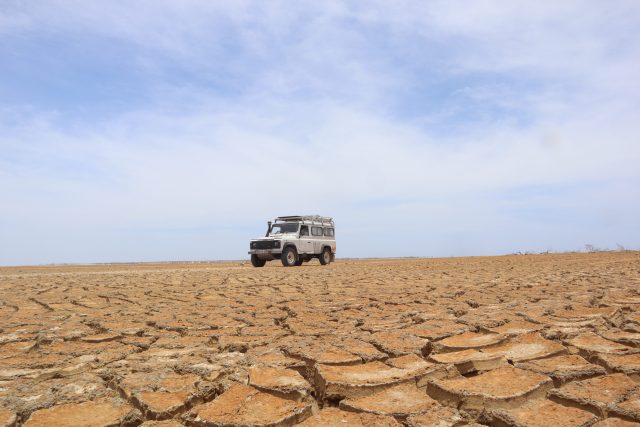
The Defender Tom bought was well-loved and maintained, and it was soon apparent that Tom had made a good, solid purchase. Already equipped with an extended fuel tank, dual battery system, solid roof rack, and bumper, Tom spent the first-night camping in the vehicle and realized that he needed to customize Jerry’s interior living space for his future adventures. But, the exterior would need some attention before the interior could be addressed. There was no rust, but the chassis paint was flaking, so Tom cleaned that up with a wire brush on a drill and some elbow grease. Over the next few months, between work commitments, he painted the clean and smooth chassis and installed new suspension bushes all around. The radiator was replaced with a new original. Tom added heavy-duty Koni Raid shocks and a snorkel to enhance Jerry’s capabilities further while opting not to lift the vehicle or install bigger tires; Tom considered the strain on the car and the increased fuel cost outweighed the potential gains.
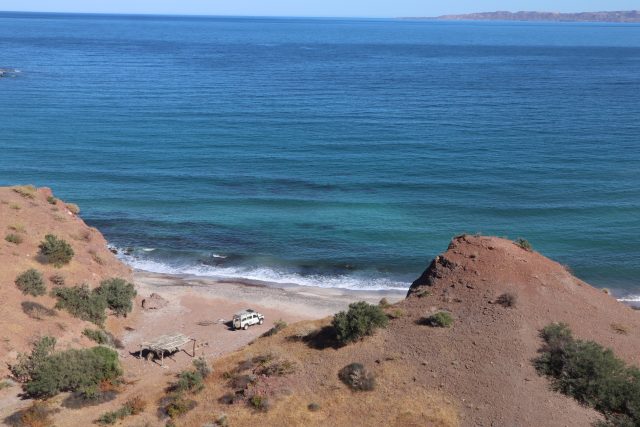
Keeping the Land Rover as original as possible is wise, particularly when considering the type of terrain it may be exploring over long distances. Modifications can have a knock-on effect. Often, a poorly executed modification, while reliable in normal day-to-day circumstances, can become a liability while traveling in far-off lands where spare parts may not be readily available. Oversized tires, for instance, increase wear on the wheel bearings and the half shafts and will reduce power while increasing fuel consumption. A mechanically standard vehicle will also ensure that in-the-field repairs will be more straightforward as failures are predictable (each Land Rover has its own specific weakness) and relatively easy to diagnose from the root cause.
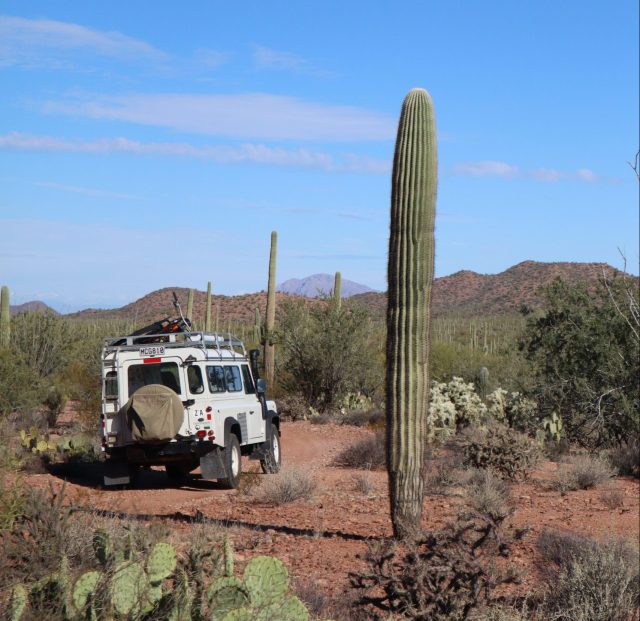
Jerry is not equipped with a winch, but as Tom travels solo, he is relatively conservative with the trails he chooses to explore. He did find himself stuck up to the chassis once, but a winch would likely not have helped in that situation anyway, and his dependable high lift jack got him out of that predicament. (And, from what we have seen, Tom is quite happy to take Jerry far off the beaten track in search of that perfect campsite or unique experience. That is one of the most significant positives about solo travel; you can go where you wish (but must recover yourself).
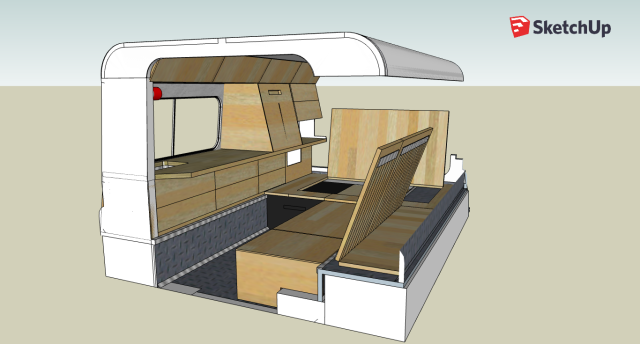
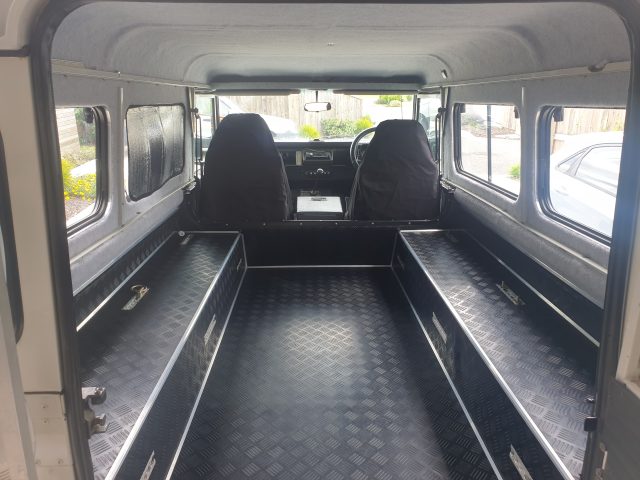

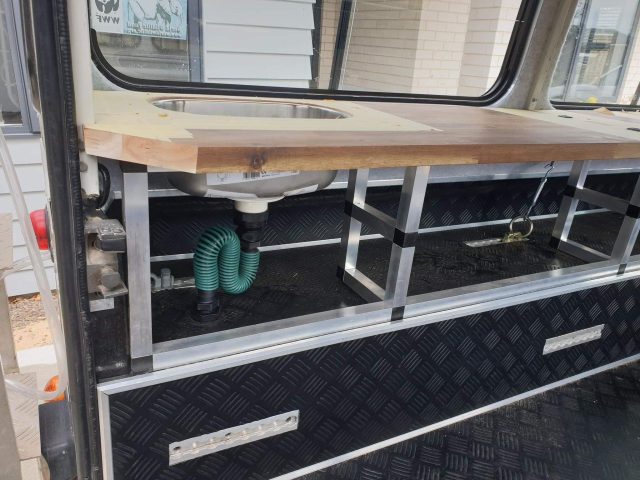
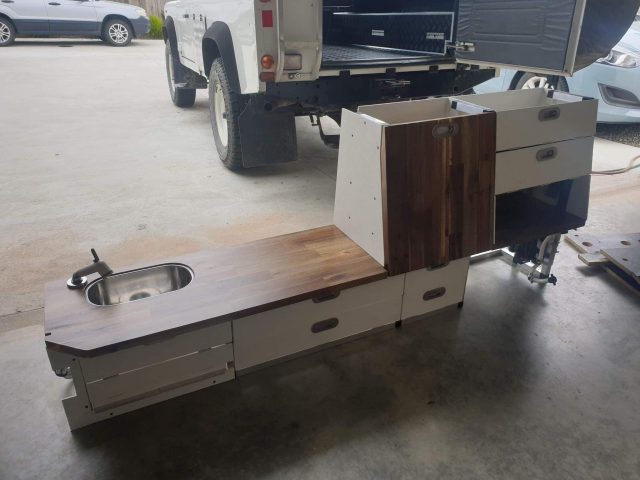
Over the next year, much of which was downtime due to the Covid outbreak, Tom dedicated his time to planning and building Jerry’s interior, using Google SketchUp to lay out his ideas. The aim was to create a versatile living space suitable for any location or situation. As we all do, Tom spent many wonderful hours on the internet searching for photos and videos of converted Defenders. Most of the designs that Tom came across featured a pop-top roof, but that was something he couldn’t justify spending the money on, so in the end, he came up with a hybrid design. Tom determined that the key to a comfortable and practical interior was a couch that could convert into a bed with headroom, a comfortable space to hang out in in the evenings and during spells of bad weather. Initially, Tom installed a toilet, but it was eventually abandoned after two months of his Americas journey as he never used it, and it took up valuable storage space. It is worth noting that Tom’s build is the definition of minimalistic, and he carries only the bare essentials. Too many travelers pack their vehicles to the gills with gizmos, gadgets, and accessories; Tom’s Defender looks equipped for a long weekend, not an intercontinental journey, an impressive accomplishment.
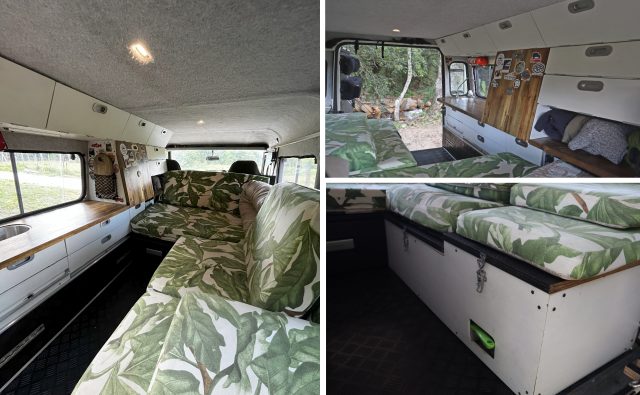
By September 2020, Tom had completed the initial build and set off on a month-long trip around New Zealand’s South Island to test Jerry’s capabilities. A shakedown trip, close to home and local resources, is essential before a long overland journey. Any problems or failures will be exposed, and you will have the opportunity to address those and travel with peace of mind. Despite minor issues like leaking plumbing and an overheating fridge compressor, Tom deemed Jerry ready for the “big one”—an epic overlanding journey across the Americas.
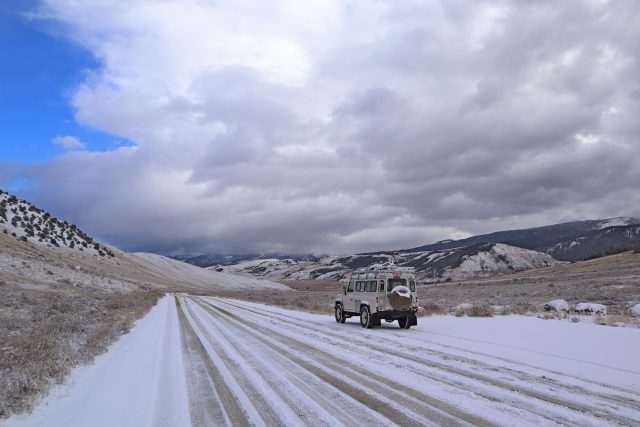
Over the past eight months, Tom has been living the dream. Starting in Seattle, Tom and Jerry drove to Tuktoyaktuk, a settlement on the Arctic Ocean in Canada, and have been heading south ever since. Currently, the duo are in Colombia, with the ultimate destination being Ushuaia in Argentina, which they plan to reach by the end of the year. Tom has aspirations to travel to Africa, but that will have to wait until he can replenish the travel funds.
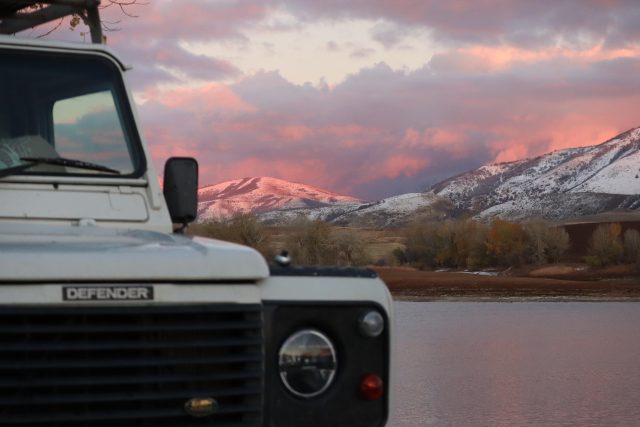
Reflecting on this build experience, Tom has identified a few things he would do differently. Before shipping the vehicle to Tacoma, Washington, there were several tasks he thought could be postponed until they arrived. However, Tom soon realized that completing these in a foreign country is much more challenging, especially when living out of the vehicle and no longer earning an income. Next time, he will ensure that all possible maintenance and repairs are taken care of before departing to fully enjoy the trip without financial concerns. The current water storage setup requires water to be pumped in, which should be changed to allow water to be poured in via a funnel, making the process more efficient and less time-consuming. As with all overland builds, the work is never done, and Tom continues to improve Jerry during his journey, with one significant game-changer being the addition of a diesel heater.
Specifications
- 1998 300 Tdi three door 110 Defender “Hardtop”
- Roof rack
- Bumper
- Dual battery system
- Extended-range fuel tank
- Heavy-duty Koni Raid Shocks
- Snorkel
Follow Tom’s epic adventure @touring_tom
Our No Compromise Clause: We carefully screen all contributors to ensure they are independent and impartial. We never have and never will accept advertorial, and we do not allow advertising to influence our product or destination reviews.


